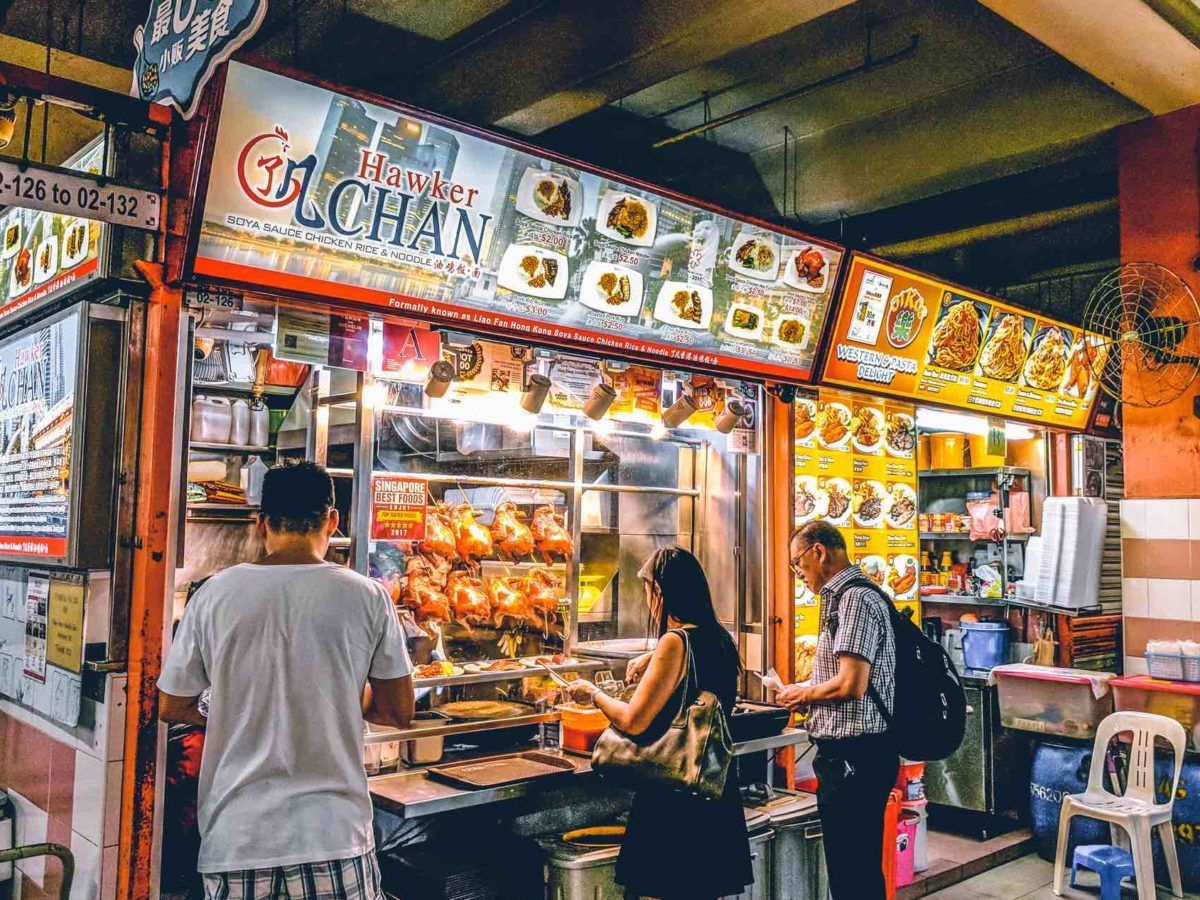
Good Luck BBQ
This is a subtitle for your new post

Keep your home in top shape with regular maintenance and professional care. A small leak can grow into a major problem if you don't take care of it quickly.
This is a quote for you new post. To change it, simply click and start typing.
- John William
This is a text area for this paragraph. To change it, simply click and start typing. Once you added your content, you can customize its design by using different colors, fonts, font sizes and bullets. Just highlight the words you want to design and choose from the various options in the text editing bar.
This is a text area for this paragraph. To change it, simply click and start typing. After adding your content, you can customize it.
Interested in a CRM Based POS System, QR ordering or a standalone CRM membership system?
Send an Enquiry!
We will get back to you as soon as possible
Please try again later
You might also like


Location
160 Robinson Road SBF Center #26-02
Singapore 068914
Call
(+65) 6224 5788
WhatsApp Us
Click here to WhatsApp us

Navigation
Operating Hours
- Mon - Fri
- -
- Sat - Sun
- Closed
All Rights Reserved | Megasafe Technology Pte Ltd
